How To Tie A Dropper Rig (The Quick & Easy Way)
- By: Tony Acevedo
- on
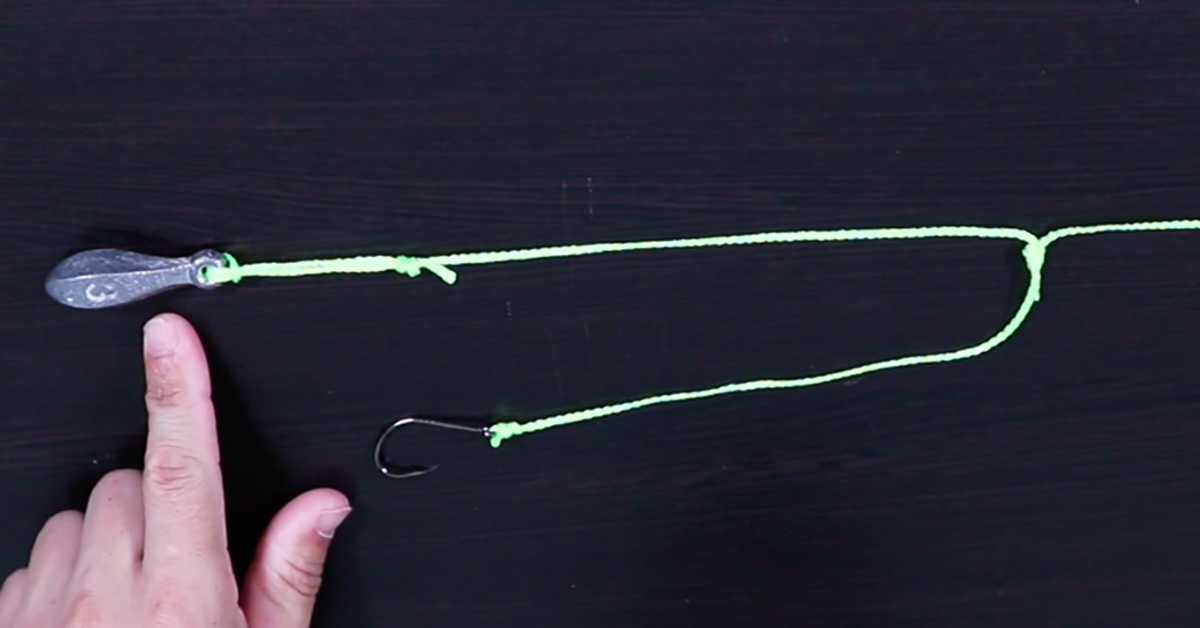
In this video, I’m going to show you how to tie a dropper rig so you can catch more sheepshead and mangrove snapper (plus a ton of other species).
One of the best ways to catch these fish is by fishing with live bait, like shrimp or fiddler crabs, on the bottom, and one of my favorite ways to rig them is with a dropper rig.
However, many people tie this rig the wrong way, which leads to them getting easily broken off by big fish.
Watch the video below to see step-by-step instructions on how to tie this rig the quick and easy way.
Enjoy!
How To Tie The Dropper Rig [VIDEO]
Modified Dropper Rig (Stronger) Using a T-Knot [VIDEO]

Here’s how to tie the dropper rig step by step:
Step 1: Form a loop about 2 feet long
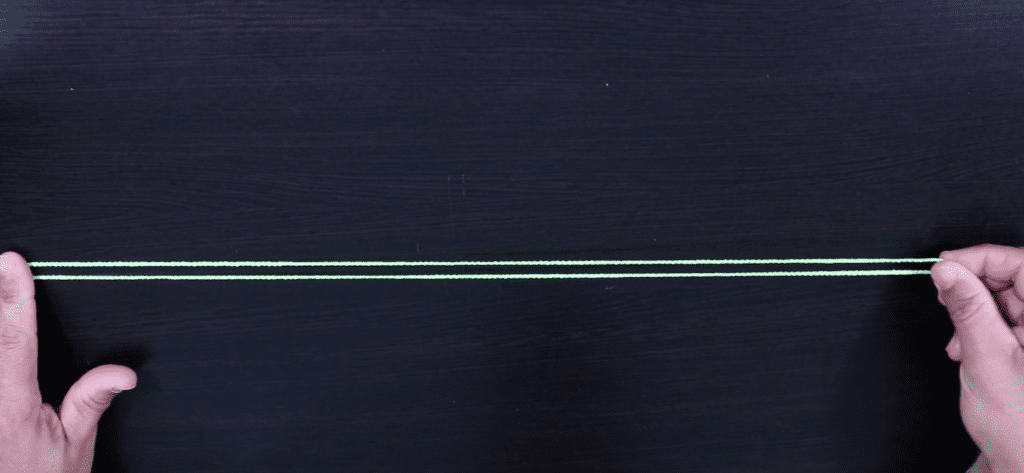
Step 2: Pinch the line about 2/3 of the way to the end of the loop
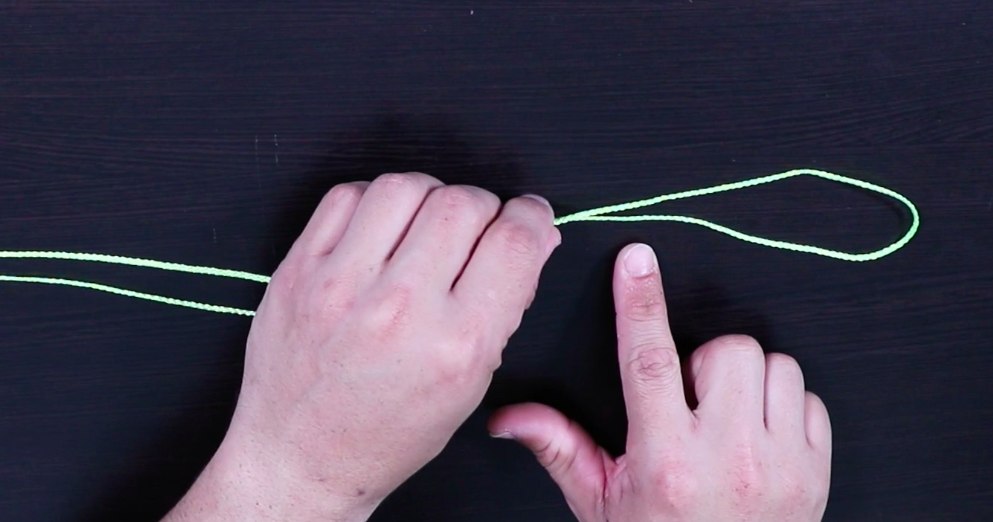
Step 3: Tie 3 or 4 overhand knots at the pinch
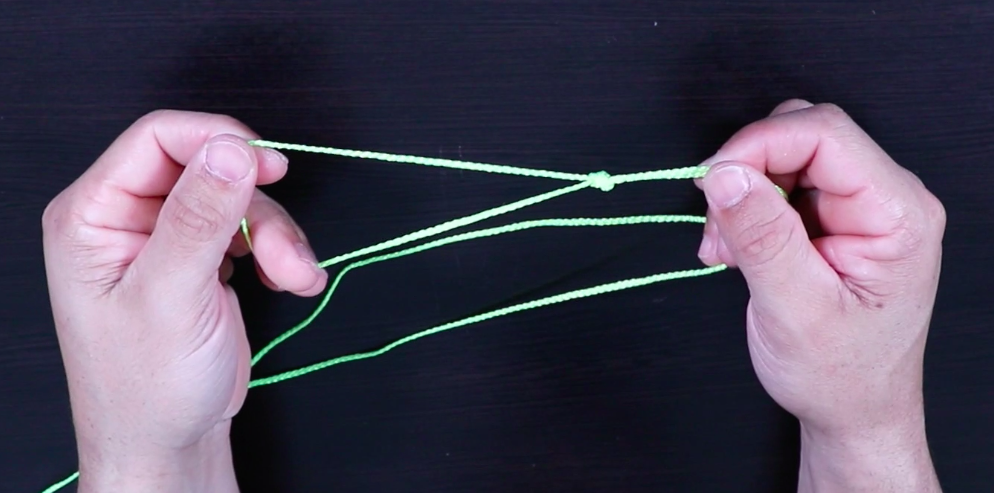
Step 4: Cut one side of the loop so that it’s no longer a loop
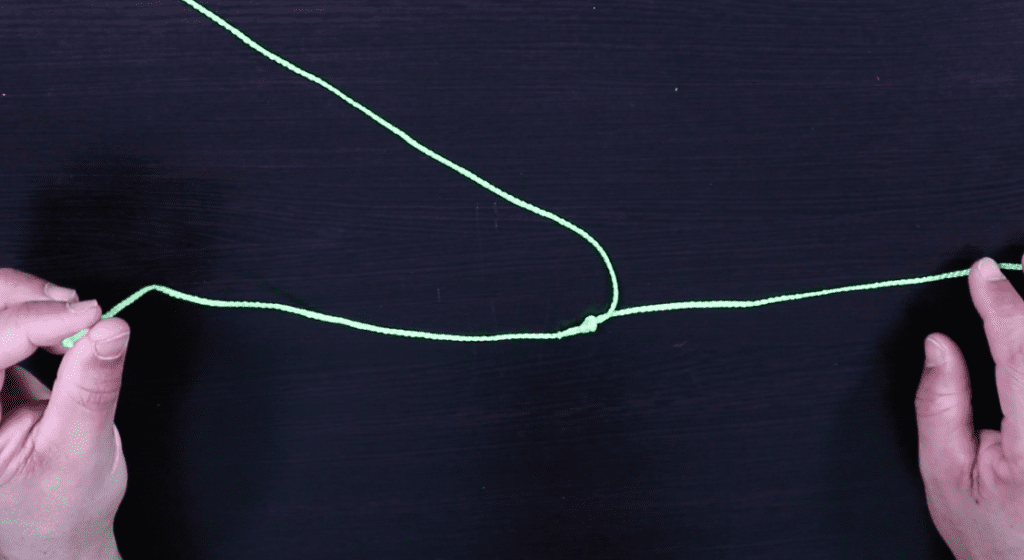
Step 5: Tie a loop on the tag end for the weight
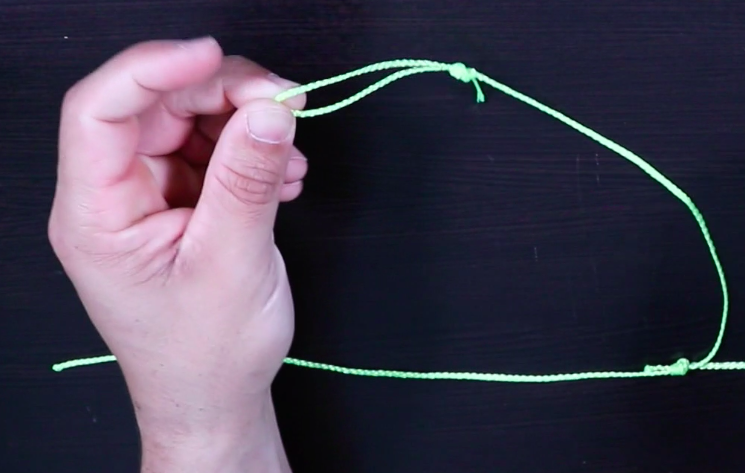
Note: be sure to tie this loop on the end that’s not inline with the mainline. That is the stronger part of the rig and is where you tie the hook.
Step 6: Attach a weight to the loop by putting the loop through the eye of the weight and looping it around the weight
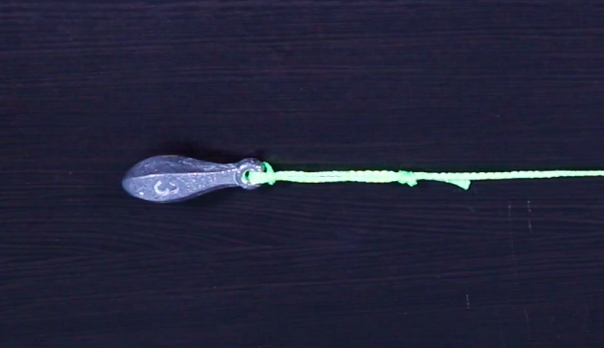
Step 7: Tie the hook onto the rig
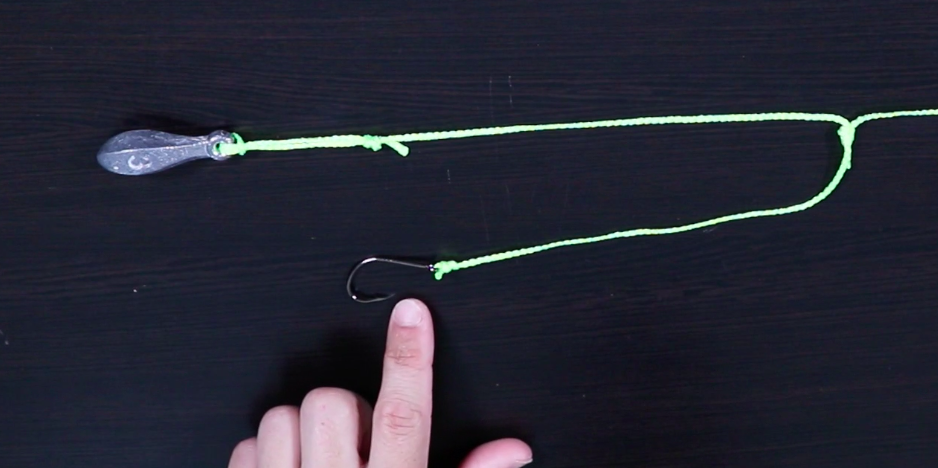
Note: make sure that the hook is above the weight like in the picture above.
Conclusion

Using shrimp, fiddler crabs, or sand fleas is a great way to catch sheepshead, snapper, or other game fish that hang out near structure.
There are many ways to rig them, but the dropper rig is one of my favorites.
What’s your favorite rig for fishing live bait near structure?
Have any questions about using the dropper rig?
Let me know in the comments below.
And if you know someone who needs to learn how to tie this rig, please TAG or SHARE this with them!
P.S. Want access to the best fishing spots, tips, and exclusive gear and discounts? Click here to join us and +11,000 other anglers in the Insider Club!
Do You Want To Quickly Find New Fishing Spots In Your Area?
Then you’ve got to see this private fishing club!
Here’s what you’ll receive today:
- Weekly fishing reports and TRENDS revealing where the inshore fish are feeding all year long
- Weekly “spot dissection” videos that walk you through all the best spots in certain areas
- Exclusive fishing tips from the PROS you can’t find anywhere else
- Everything you need to start catching fish more consistently (regardless if you fish out of a boat, kayak, or land).
Click here to join today.
Related articles:
Related categories:
STOP WASTING TIME ON THE WATER!
Do what the “SMART ANGLERS” are doing and join the Insider Club.
Here’s what you’ll receive today when you join:
- Weekly fishing reports and TRENDS revealing exactly where you should fish ever trip
- Weekly “spot dissection” videos that walk you through all the best spots in your area
- Exclusive fishing tips from the PROS you can’t find anywhere else
- Everything you need to start catching fish more consistently (regardless if you fish out of a boat, kayak, or land).
STOP WASTING TIME ON THE WATER!
Do what the “SMART ANGLERS” are doing and join the Insider Club.
Here’s what you’ll receive today when you join:
- Weekly fishing reports and TRENDS revealing exactly where you should fish every trip
- Weekly “spot dissection” videos that walk you through all the best spots in your area
- Exclusive fishing tips from the PROS you can’t find anywhere else
- Everything you need to start catching fish more consistently (regardless if you fish out of a boat, kayak, or land).

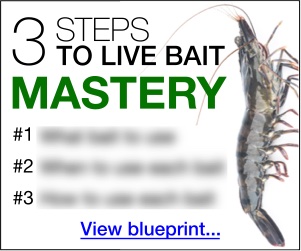









Tony, Maestro does a 3-way swivel will do with a Uni knot or what Knot you recommend?
and what length for the sinker from the hook and the length of the hook line. I got 3-way swivels that I need to use or dispose LOL. My kayak is almost ready.
I can work, but I highly recommend getting familiar with tying rigs with less “jewelry” on them. If you do go with the 3 way sviel you can use a uni knot or a trilene knot.
I think like you said less is better. I’m on it. Thank you.
Is it stronger using three way swivels or t-knot? Im targeting snappers. Thank you.
A swivel would be stronger, but also depends on the knots you tie to the swivel. Only as strong as the weakest link.
I watched the video three times, and I think I have it down. I’m trying this on my next trip. I like to go with several different set ups and this will be a nice addition to put in the water. Nice point about the sensitivity too; never really thought about that with using say a Carolina rig. In the summer they just take it and run, but winter bites have been much lighter
I honestly have to re-watch this video myself if I go a while without using this rig. The more you tie it the easier it gets!
Love the new website setup!
I was wondering if there is a reason for not just attaching the hook to the first loop as apposed to cutting that loop and tying the hook on? Just curious, love the video!
You definitely could be also depends on how large the eye is on the hook. It can be tricky to slide the loop through if the eye on the hook is too small.
Why cut the sinker loop just to tie another loop on it again? Why not just use the initial loop to tie on the sinker?
That loop would be too short and your hook would hang below the weight. Also could lead to more issues with your hook getting caught on the doubled up line from such a large loop.
What type of rod do you use? The 7.5 TMO seems good, but not rated for 2-3 Oz. Weights.
Wouldn’t a three way swivel simplify this even more??
That could be used as well. I just prefer to have less terminal tackle on my line.
From AZ not much water had to find the drop shot rig !!In the AM it’s on small us!!
Your video is a real gem. Both the presentation and technique are excellent. Those new to tying dropper loop rigs should kiss your ring as this is the simplest method I have found in years of searching. For non believers check the internet. It is littered with dozens of DIY videos that require the dexterity of a surgeon plus the patience few anglers posses or surrender to the use of the ultimate insult . . the peg board.
Thank you for the great feedback Norman!
If you put the weight on before you cut the loop, you can’t confuse the two lines.
Good point!